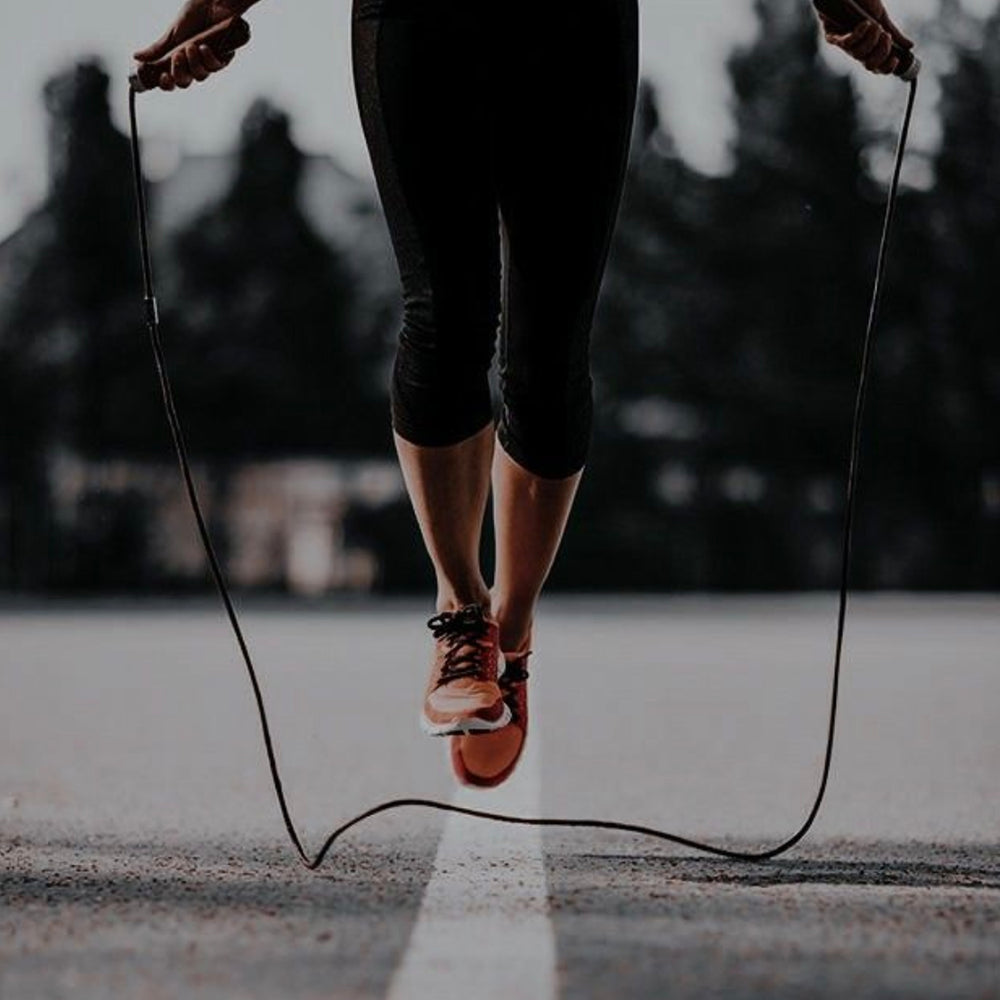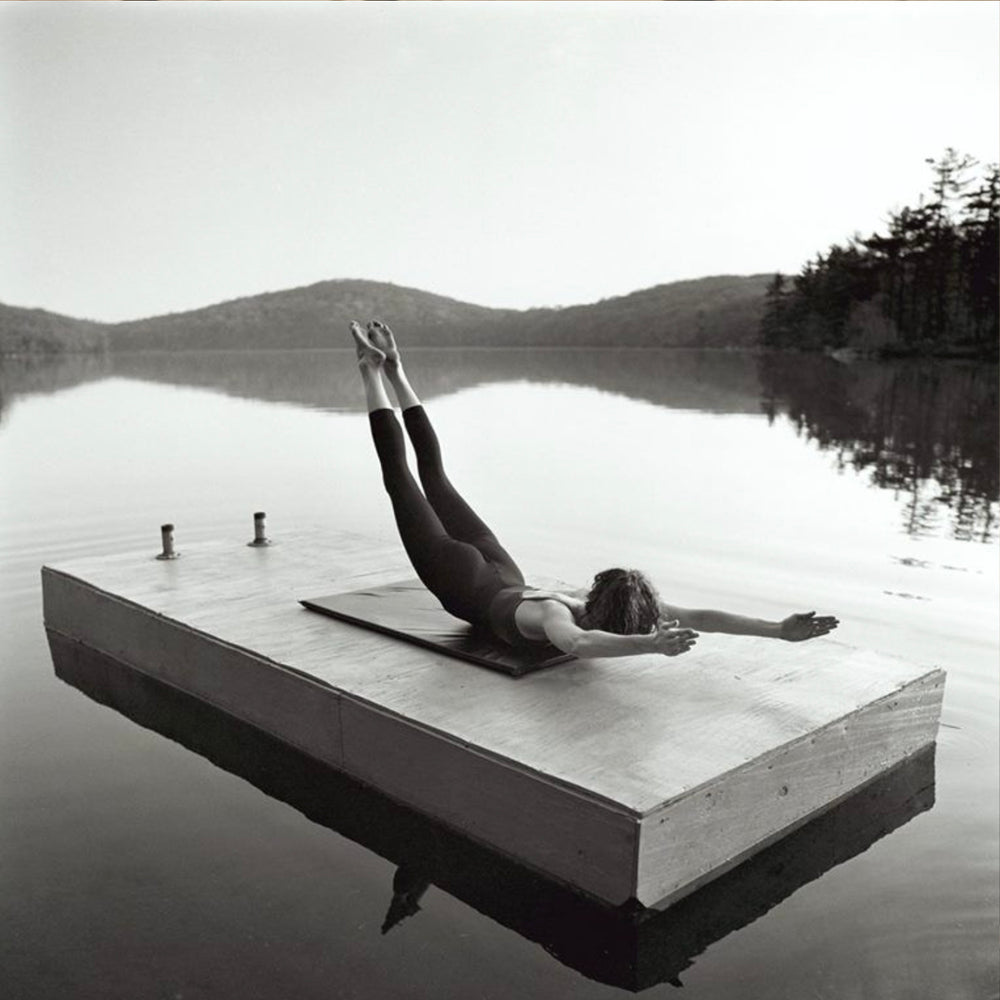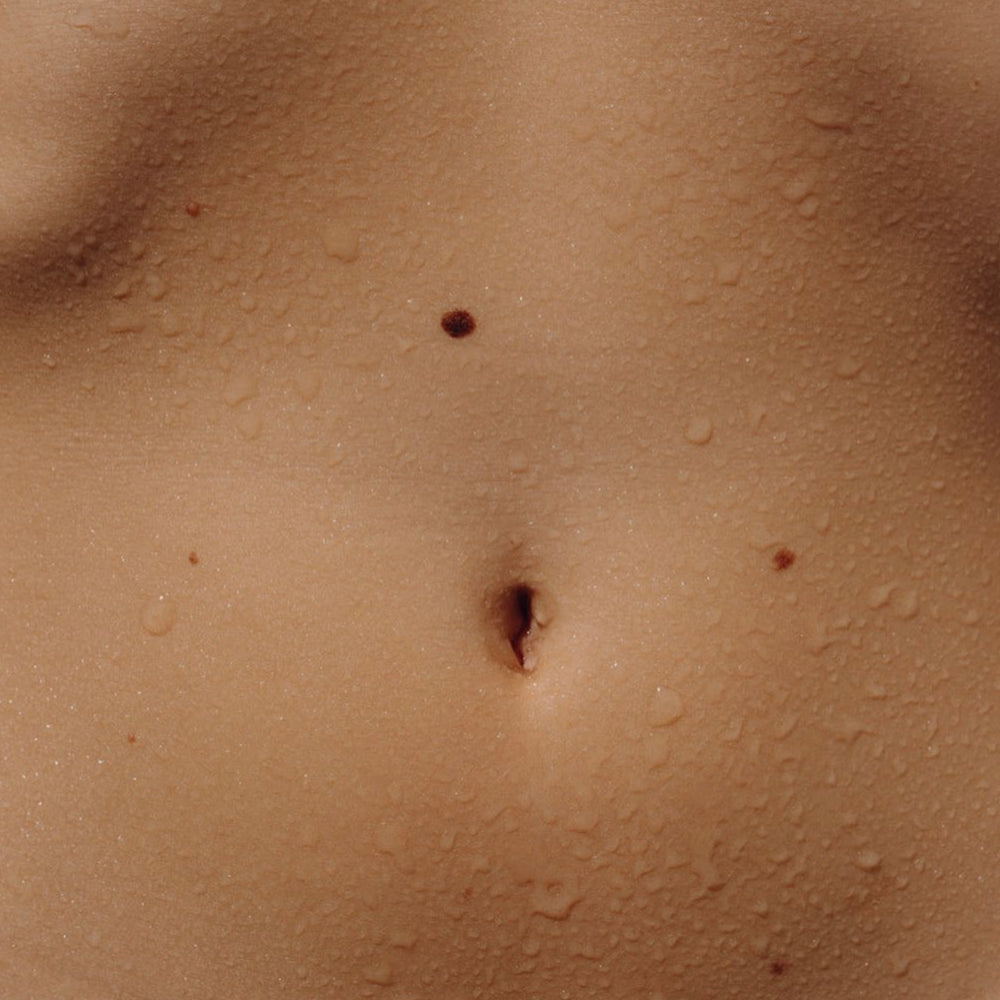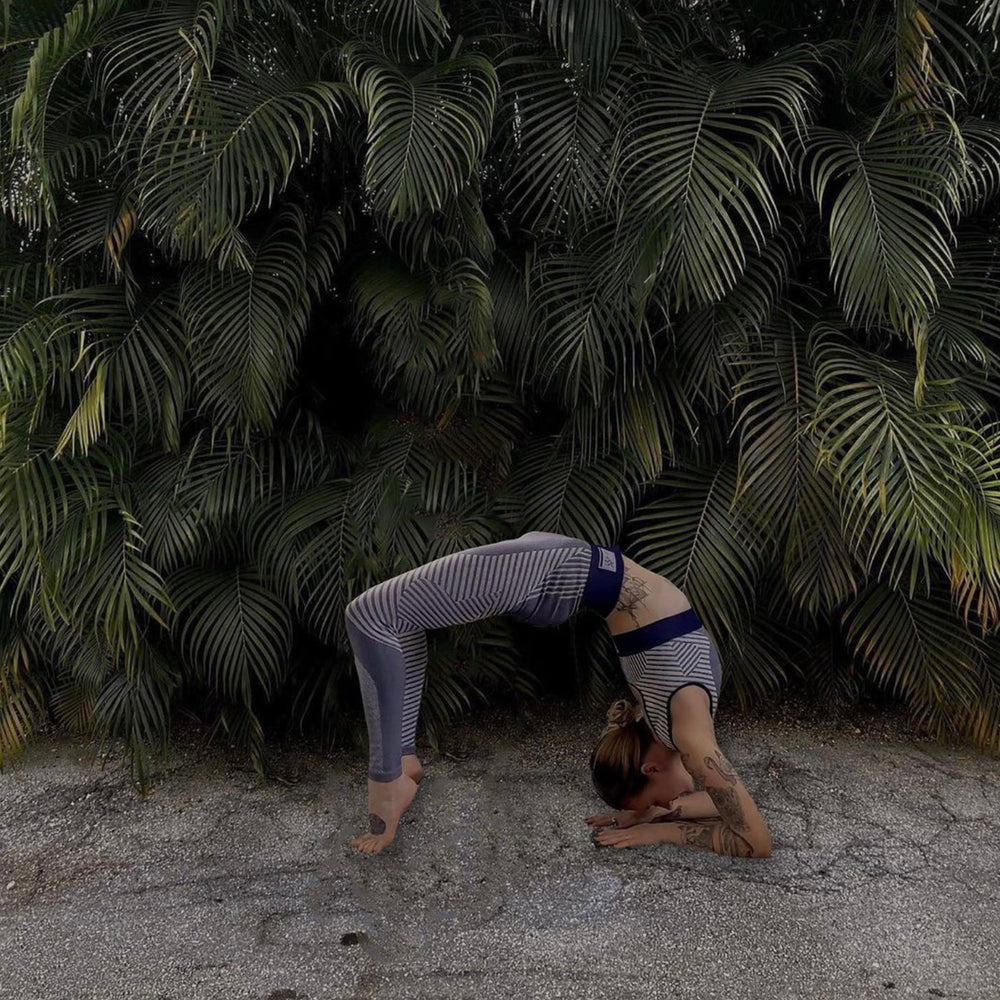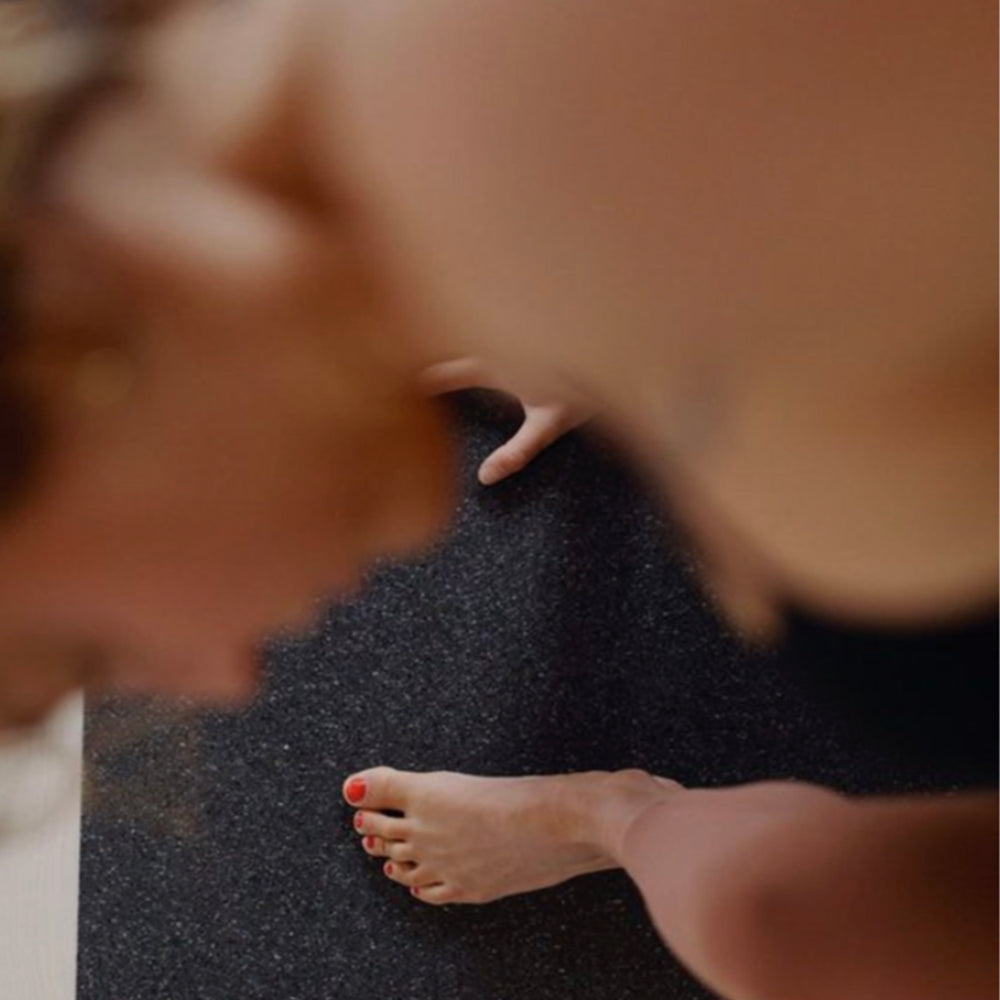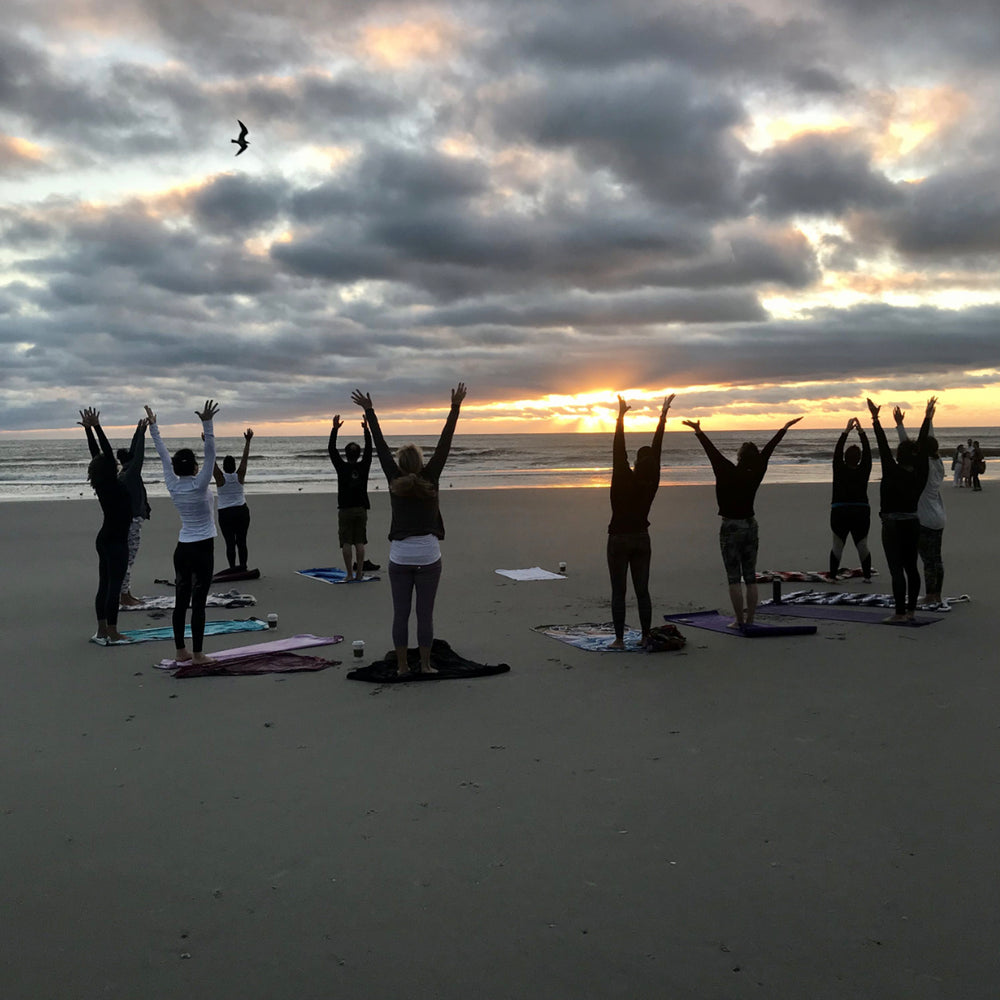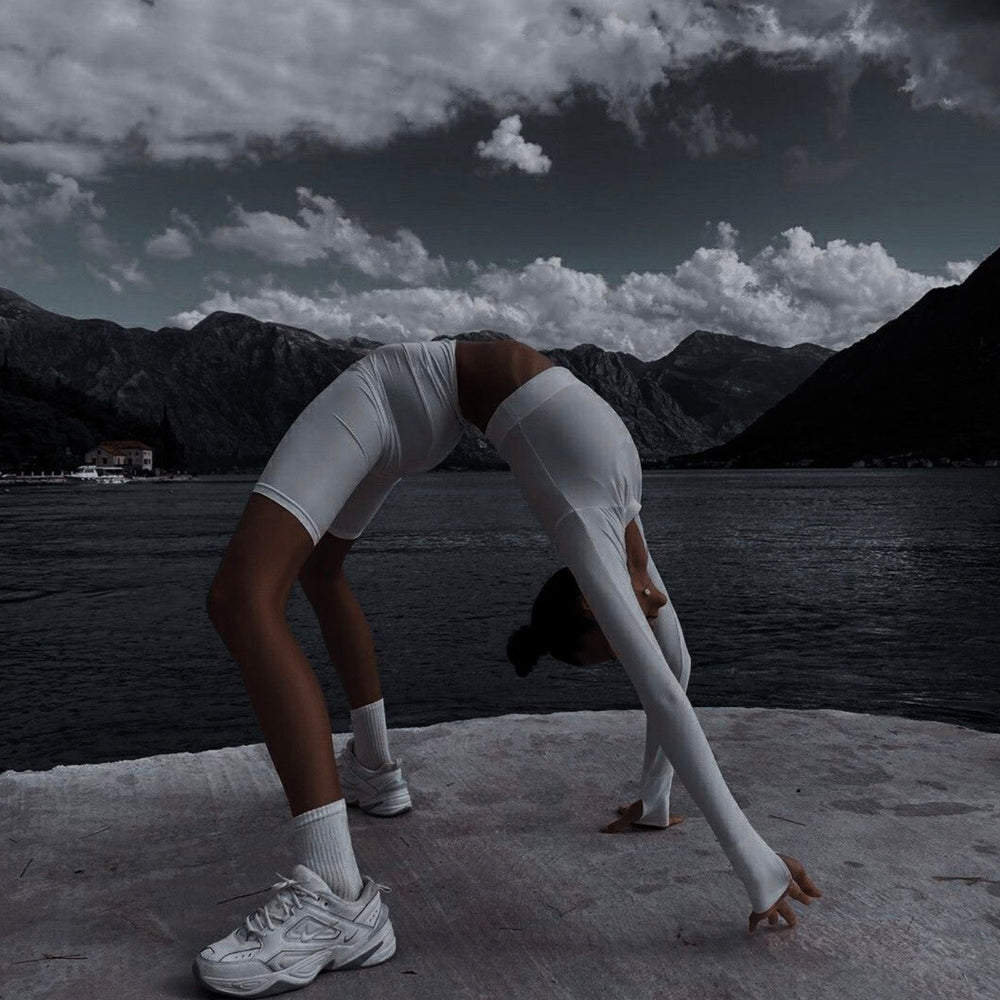 In the diverse spectrum of yoga asanas, Child's Pose, or Balasana, often goes unnoticed amidst more dynamic poses. Yet, its simplicity and depth offer a refuge of comfort and release, making it a foundational element in yoga practice. This gentle pose, resembling a child's restful posture, is more than just a physical stretch; it's a haven for mental and emotional rejuvenation.
1. Understanding Child's Pose
Child's Pose is a kneeling pose that involves sitting back on the heels and folding forward, with arms extended or by your sides, and forehead resting on the mat. It is accessible to practitioners of all levels and can be modified to suit various needs and body types. This asana is often used as a resting pose between more challenging asanas and is a staple in most yoga routines.
2. Physical Benefits
Despite its apparent simplicity, Balasana offers numerous physical benefits. It gently stretches the hips, thighs, and ankles while relaxing the muscles of the front torso. The pose also softly elongates the spine, alleviating tension in the back and neck. For those who spend long hours sitting, Child's Pose can be an excellent way to counteract the effects of prolonged desk work.
3. A Tool for Relaxation and Stress Relief
One of the most profound benefits of Child's Pose is its ability to induce a deep state of relaxation and stress relief. The forward fold promotes a sense of safety and enclosure, which can help calm the mind and ease anxiety. This pose is particularly effective in quieting the mental chatter and allowing a moment of introspection and serenity.
4. Breathing in Child's Pose
Breathing plays a crucial role in maximizing the benefits of Balasana. Deep, rhythmic breaths help to release tension and bring a deeper sense of relaxation. The position of the body in Child's Pose naturally encourages abdominal breathing, which can enhance lung capacity and invigorate the body.
5. Modifications and Variations
Child's Pose can be modified to accommodate various physical needs. For instance, placing a bolster or blanket under the torso can provide support for those with tight hips or knees. Similarly, a rolled towel under the forehead can offer comfort if the head doesn’t comfortably reach the mat. These modifications ensure that the pose remains restful and nurturing.
6. Mental and Emotional Healing
Apart from physical relaxation, Child's Pose is a powerful tool for mental and emotional healing. It’s often used in yoga therapy as a pose for grounding and centering
, providing a safe space for emotional release. The introspective nature of the pose encourages a journey inward, allowing practitioners to confront and soothe internal turmoil in a gentle, nurturing environment.
7. Incorporating Child's Pose into Your Practice
Child's Pose can be incorporated into your yoga routine in various ways. It's commonly used as a starting position, a gentle warm-up to ease into a practice, or as a transition between more intense poses. Additionally, it's ideal for winding down at the end of a session, preparing the body and mind for relaxation or meditation.
8. The Therapeutic Aspects
Balasana is not just beneficial for yoga practitioners but also has therapeutic applications. It's often recommended for those experiencing fatigue, dizziness, or breathlessness during yoga practice as it helps in stabilizing and calming the body. Moreover, its restorative nature makes it suitable for those recovering from illness or injury, providing a gentle way to maintain mobility without strain.
9. A Pose for Reflection and Mindfulness
Child's Pose is an excellent opportunity for reflection and mindfulness. In the quiet of the pose, practitioners can turn their attention inward, practicing mindfulness or meditative techniques. This introspection can lead to greater self-awareness and a sense of peace.
10. Contraindications and Cautions
While Child's Pose is generally safe, there are situations where caution is advised. Individuals with knee or ankle issues should approach this pose carefully or avoid it altogether. Pregnant women may find the traditional form of the pose uncomfortable and can adapt it by widening their knees. As with any yoga pose, it’s important to listen to your body and respect its limits.
11. Balasana in Daily Life
Beyond the yoga mat, the principles of Child's Pose can be applied to everyday life. Its essence lies in finding comfort in simplicity, embracing stillness, and allowing for moments of rest and introspection. In a world that often values constant activity and productivity, Balasana serves as a reminder of the importance of taking time to rest and rejuvenate.
Child's Pose is a testament to the power of simplicity in yoga practice. It offers a multitude of benefits, from physical stretching and relaxation to mental and emotional healing. Its adaptability makes it accessible to a wide range of practitioners, allowing anyone to find comfort and release within its embrace. Whether used as a standalone practice or integrated into a larger yoga routine, Child's Pose is a valuable tool for nurturing the body, soothing the mind, and enriching the soul.
|




